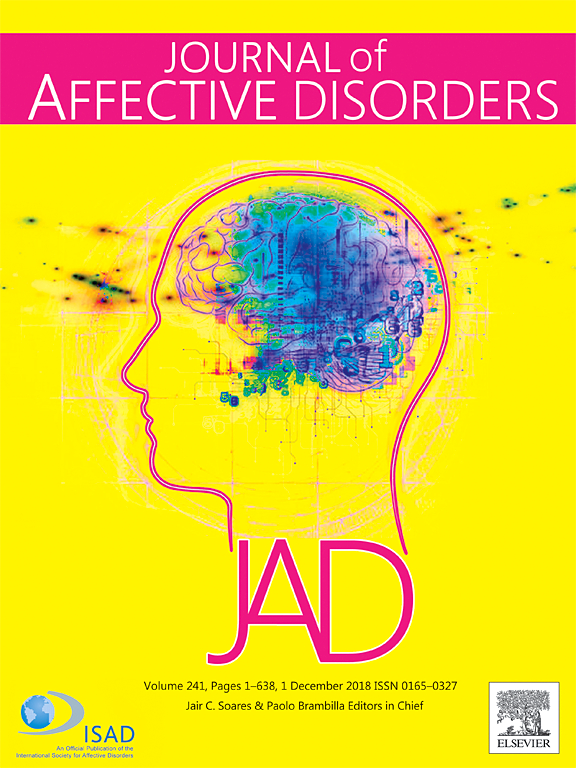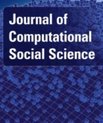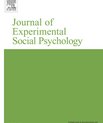Maternal Pre- and Postnatal Anxiety Symptoms and Infant Attention Disengagement from Emotional Faces
New article published in Journal of Affective Disorders

Highlights
- The associations between maternal anxiety symptom during pre- and postnatal periods and 8-months old infants’ attention disengagement from faces, particularly from threat, was assessed with eye-tracking.
- Maternal prenatal but not postnatal anxiety symptoms associated with heightened threat bias in infants.
- Maternal postnatal anxiety symptoms associated with overall probability of disengagement from faces to distractors differently for boys and girls.
- Long-term implications of these findings remain to be explored.
Abstract
Background: Biases in socio-emotional attention may be early markers of risk for self-regulation difficulties and mental illness. We examined the associations between maternal pre- and postnatal anxiety symptoms and infant attention patterns to faces, with particular focus on attentional biases to threat, across male and female infants.
Methods: A general population, Caucasian sample of eight-month old infants (N=362) were tested using eye-tracking and an attention disengagement (overlap) paradigm, with happy, fearful, neutral, and phase-scrambled faces and distractors. Maternal self-reported anxiety symptoms were assessed with the Symptom Checklist-90/anxiety subscale at five time points between gestational week 14 and 6 months postpartum.
Results: Probability of disengagement was lowest for fearful faces in the whole sample. Maternal pre- but not postnatal anxiety symptoms associated with higher threat bias in infants, and the relation between maternal anxiety symptoms in early pregnancy remained significant after controlling for maternal postnatal symptoms. Maternal postnatal anxiety symptoms, in turn, associated with higher overall probability of disengagement from faces to distractors, but the effects varied by child sex.
Limitations: The small number of mothers suffering from very severe symptoms. No control for the comorbidity of depressive symptoms.
Conclusions: Maternal prenatal anxiety symptoms may enhance infant's attention bias for threat. Maternal postnatal anxiety symptoms, in turn, may associate with infant's overall disengagement probability differently for boys and girls. Boys may show enhanced vigilance for distractors, (except when viewing fearful faces), and girls enhanced vigilance for all socio-emotional. Long-term implications of these findings remain to be explored.
Article
Katajaa, E; Karlsson, L; Parsons, C; Pelto, J; Pesonen, H; äikiö, T; Hyönä, J; Nolvia, S; Korja, R; Karlsson, H (2018). Maternal Pre- and Postnatal Anxiety Symptoms and Infant Attention Disengagement from Emotional Faces. Journal of Affective Disorders. https://doi.org/10.1016/j.jad.2018.09.064



